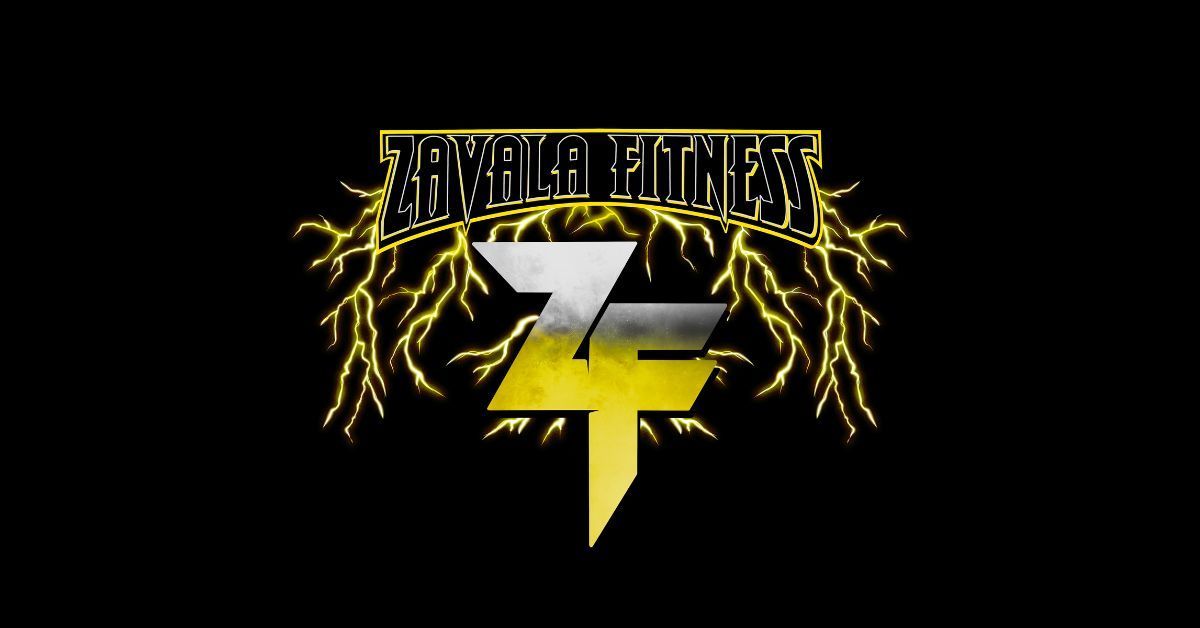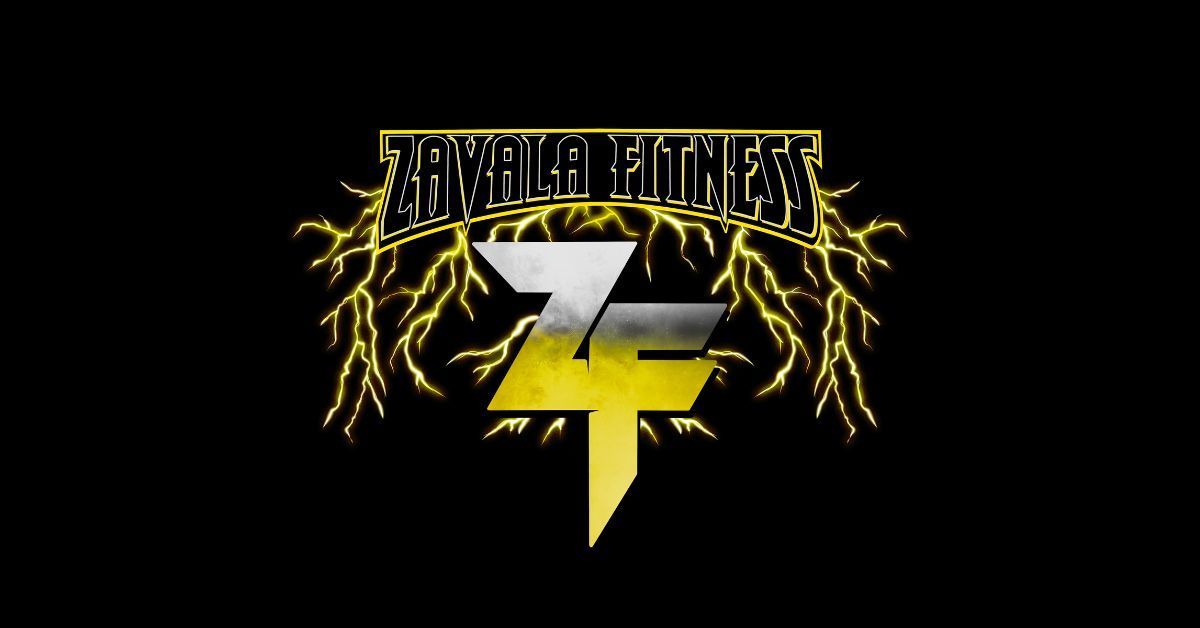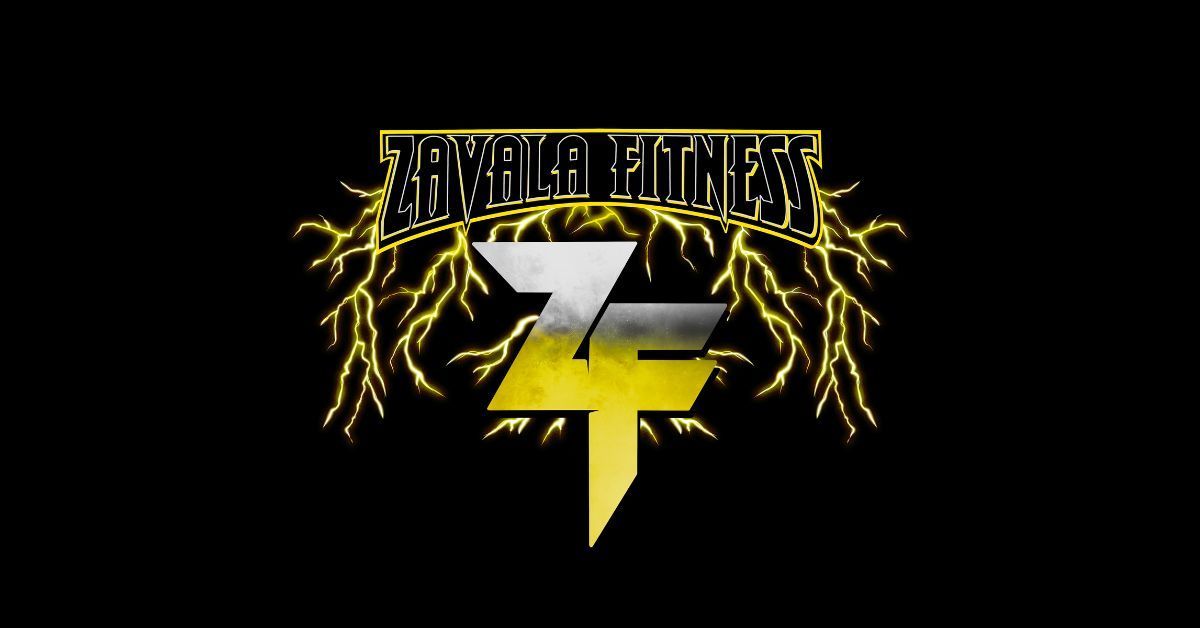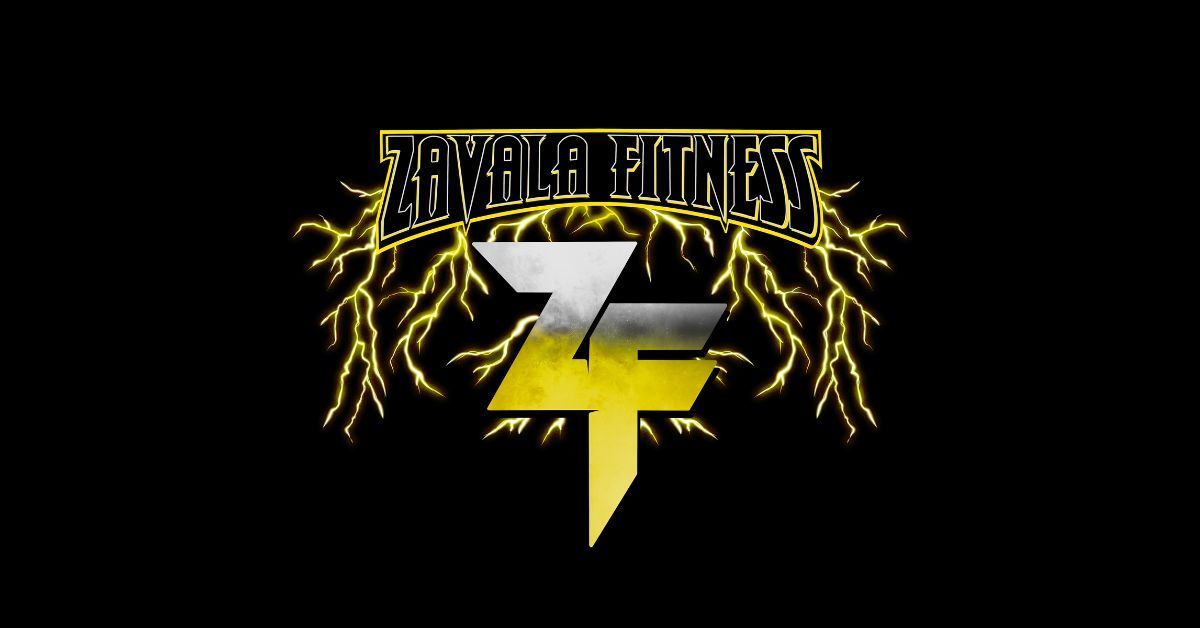Functional Training: A Comprehensive Overview
Weight training that isolates muscle groups or intense cardiovascular workouts isn’t suitable for everyone. That’s why functional training is increasingly popular! It requires no prior experience nor excessively strenuous movements to see improvements. Read this comprehensive overview of functional training for more details if this seems like the workout plan for you.
The Definition of Functional Training
Functional training emphasizes exercises that train the body to perform daily life activities. Multiple muscles and joints work together in each exercise. Many who use functional training see it as a holistic approach to fitness that improves their strength and well-being.
The Levels of Functional Training
One of the best features of functional training is that people of all ages and athletic abilities can try these workouts. Here’s a glimpse of what the beginner, intermediate, and advanced levels look like.
Beginner
Functional training for beginners focuses on foundational movements and building strength. The goal is to develop proper form and prevent injury while gradually increasing endurance.
Intermediate
At the intermediate level, individuals advance to more complex exercises that engage multiple muscle groups simultaneously. These routines include movements such as kettlebell swings, medicine ball throws, and TRX movements. These exercises enhance overall strength and coordination, preparing the body for more challenging tasks.
Advanced
Advanced functional training pushes the limits with high-intensity and compound movements. These routines introduce individuals to exercises such as deadlifts, clean and jerks, and plyometric drills. Individuals at this level must have a solid foundation of strength and technique, as the exercises demand greater control and power.
Common Functional Training Exercises
You can’t gain an understanding of functional training without a glimpse into some of the most popular exercises. Here is what the trainers at Zavala Fitness often incorporate into our sessions.
Resistance Bands for Versatility
Resistance bands are an excellent addition to any functional training routine. They provide varying levels of resistance, making them suitable for all fitness levels. Exercises such as banded squats, lateral band walks, and resisted push-ups can effectively target specific muscle groups while promoting stability and strength.
Their portability also allows individuals to perform workouts at home, in the gym, or even outdoors. They’re a practical choice for those wanting to enhance their functional training.
TRX Suspension Training for Core Engagement
TRX suspension training offers a unique way to incorporate bodyweight workouts that engage the core. Suspension straps encompass exercises such as TRX rows, single-leg squats, and planks. The TRX system’s adjustable nature allows users to modify the difficulty by changing their body angle so everyone, from beginners to advanced participants, can use them.
Agility Drills for Speed and Coordination
Agility drills are vital for enhancing speed and coordination, essential components of functional fitness. Ladder drills, cone sprints, and shuttle runs improve quickness and reaction time.
Incorporating agility drills into a functional training routine develops one’s physical attributes and mental sharpness, as athletes must make quick decisions while navigating obstacles. These drills are also adaptable for varying fitness levels to make them more accessible.
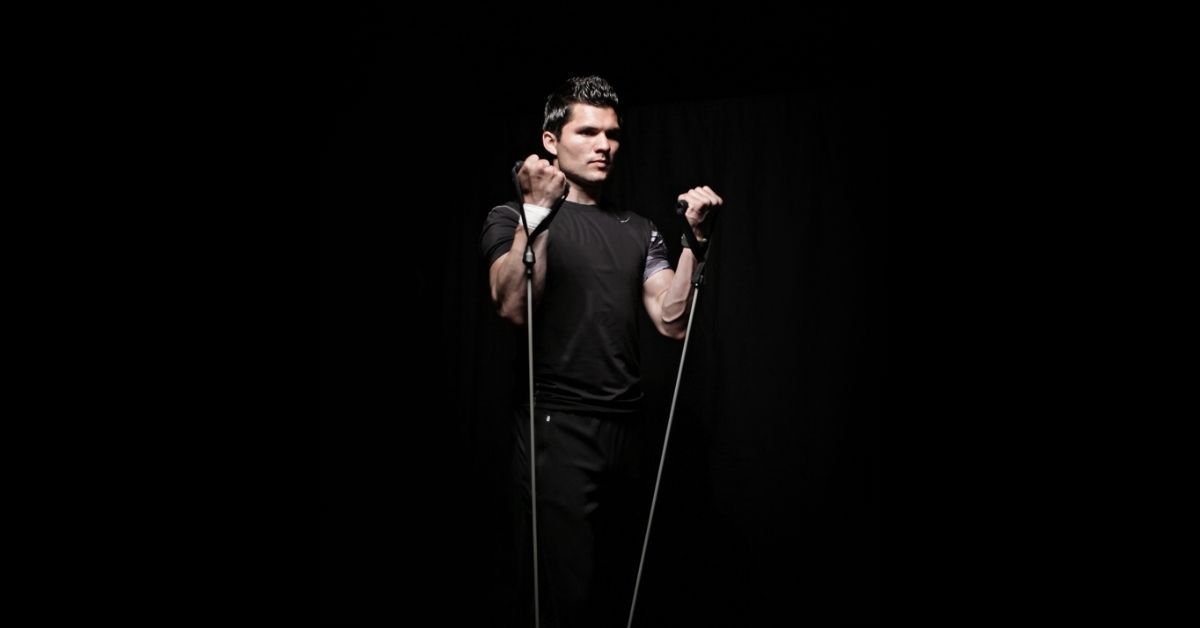
The Health Benefits of Functional Training
Improved Cardiovascular Health
Functional training often involves high-intensity circuits that elevate the heart rate. This cardiovascular workout strengthens the heart and improves blood circulation. Over time, this type of training can lead to better endurance and reduced risk of heart-related conditions.
Strengthened Flexibility
The dynamic movements in functional training promote a range of motion. This increased mobility reduces injury risks and improves overall flexibility. Exercises such as lunges and rotational movements stretch and strengthen muscles, leading to greater agility and reduced muscle tightness.
Better Balance
Functional training places a strong emphasis on balance and stability. Exercises that require standing on one leg or shifting weight from side to side enhance proprioception. An improved sense of body awareness reduces the risk of falls and enhances coordination.
Reduced Back Pain
Functional training prioritizes strengthening the core muscles. Strong abdominal muscles support the spine and alleviate pressure on the lower back. Functional training can reduce chronic back pain by addressing muscle imbalances and improving posture.
Increased Strength
Functional training builds overall strength by engaging multiple muscle groups in compound movements. It’s a comprehensive approach ensuring the muscles work together for more strength and power. The functional aspect of the training makes these gains applicable to everyday tasks, from lifting groceries to climbing stairs.
Most Important Pieces of Equipment for Functional Training
You’ll need the right equipment to obtain the health benefits of functional training. The following items are extremely important to achieve your fitness goals.
Dumbbells
Dumbbells are a fundamental piece of equipment because of their weight range and versatility. They enable users to perform unilateral movements to improve muscle imbalances and coordination.
Kettlebells
Kettlebells are a staple as they simultaneously engage multiple muscle groups. The kettlebell’s unique shape challenges one’s grip strength. People of all fitness levels can build strength, power, and stability with the right weights and techniques, from kettlebell swings to goblet squats.
Medicine Balls
Incorporating weighted medicine balls into traditional exercises increases resistance, develops explosive power, and enhances core stability. Exercises such as medicine ball slams, rotational throws, and wall balls are the foundation of functional training.
Pull-Up Bar
A pull-up bar is essential if you want to target the upper body. It challenges your strength and engages the latissimus dorsi—the large back muscles—biceps brachii, shoulders, and core muscles. This accessible piece of equipment is one that everyone in functional training needs. Users can easily set up pull-up bars in doorways for chin-ups or wide-grip pulls.
Plyo Box
Explosiveness is a component that many individuals in functional training seek to improve. Plyo boxes are a helpful tool for this task. It’s a sturdy platform for exercises such as box jumps, step-ups, and lateral jumps to strengthen coordination, power, and cardiovascular health.
Athletes can use a plyo box to develop fast-twitch muscle fibers. This development is essential for quick movements and effective energy transfer in sports.
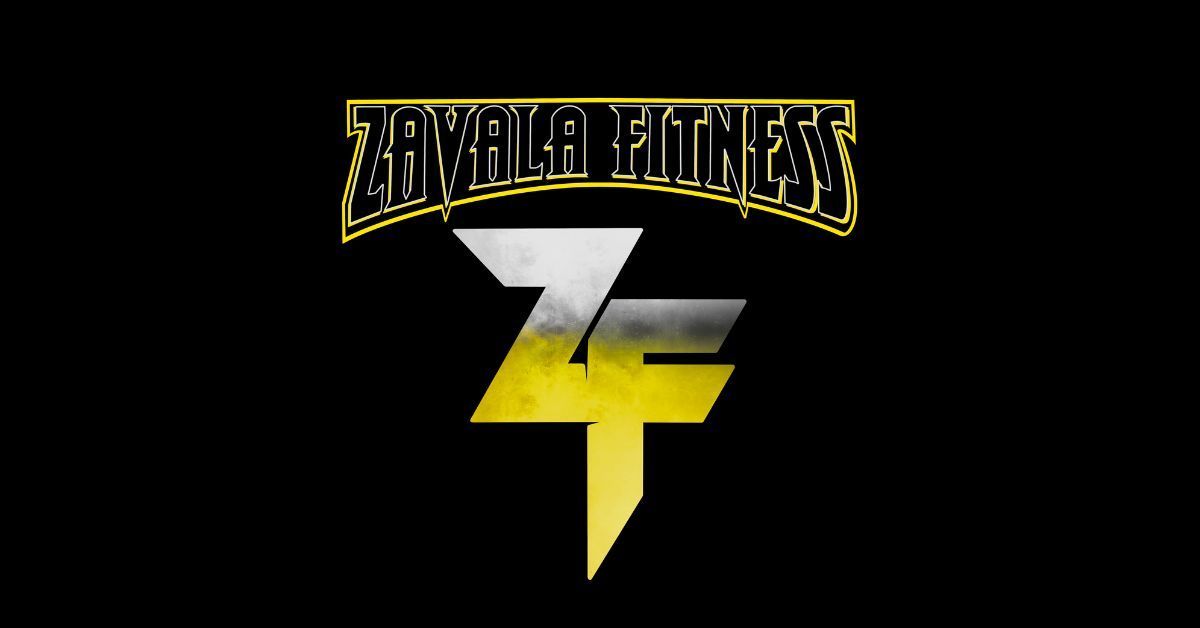
Where Can You Start Your Functional Training Journey?
You can’t complete a comprehensive overview of functional training without learning what steps to take next. Functional training sessions are an incredible way to begin!
We categorize our Zavala Fitness sessions based on fitness level and style. We offer online instructional courses to reach a wide audience who want to better themselves. Reach out today to learn more about functional training and our programs so you can feel progressively stronger and healthier.
All Rights Reserved | Zavala Fitness


